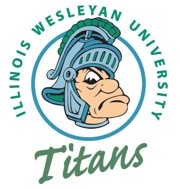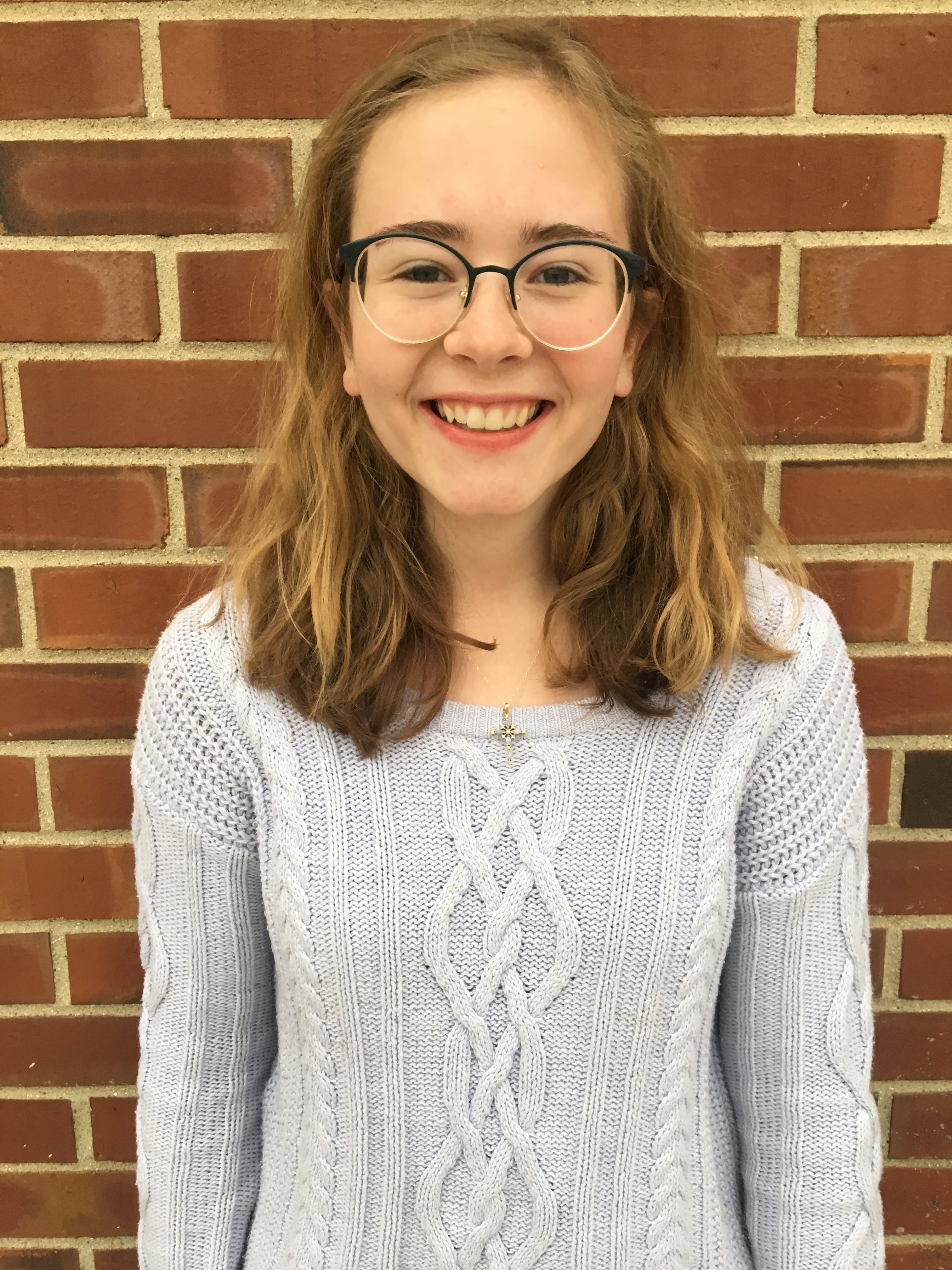Below is a summary of the abstract you submitted. Presenting author(s) is shown in bold.
If any changes need to be made, you can modify the abstract or change the authors.
You can also download a .docx version of this abstract.
If there are any problems, please email Dan at dar78@pitt.edu and he'll take care of them!
This abstract was last modified on May 2, 2018 at 2:27 p.m..

During the fall semester of 2017, students at Illinois Wesleyan University were tasked with the important mission of extracting bacteriophages from soil and water samples. Once samples were gathered, the phage expedition then centered on isolating and clustering these bacteriophages. Attempting to cluster the phages included methods of lysogen testing and polymerase chain reaction, along with qualitative comparisons of plaque assays and transmission electron microscope morphologies. Ultimately, the phages we found to be the most interesting were submitted for genomic sequencing. The two sequenced phages that infected Mycobacterium smegmatis were Constella and Doddsville. Constella was clustered as a J phage, a rare phage containing a large genome of about 110 kilobase pairs. Constella is a Siphoviridae that produces small, turbid plaques, an indication that it is capable of producing a lysogen. Doddsville was discovered to be a B1 phage, a more common phage having a genome about 68,000 base pairs in length. Doddsville is also a Siphoviridae but yields small, clear plaques on a plaque assay, suggesting that it is virulent. Both Doddsville and Constella had their genomes annotated with programs including DNA Master and PECAAN. Additional work focused on isolating Rhodobacter capsulatus phages, which have only been discovered in aquatic locations. Phages that infect R.capsulatus were hunted for in an attempt to possibly find more unique phages through the use of this alternative bacterial host. Indeed, this goal was accomplished by the discovery of SchulyerLagoon, a potentially single-stranded DNA Microviridae phage. Additionally, the finding of Xuper, a R.capsulatus phage with a prolate head and extraordinarily long tail of approximately 300 nm and capsid diameter length-wise of about 150 nm, was noteworthy. Xuper was sent for genomic sequencing where it was clustered as a singleton and subsequently had its genome annotated.

